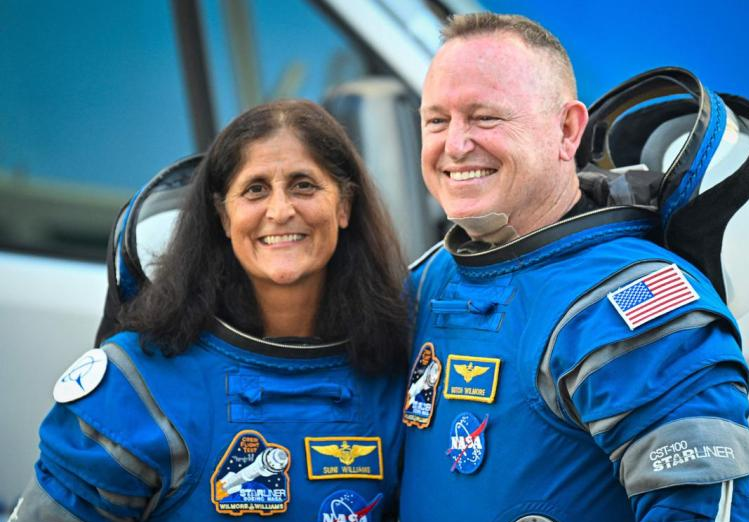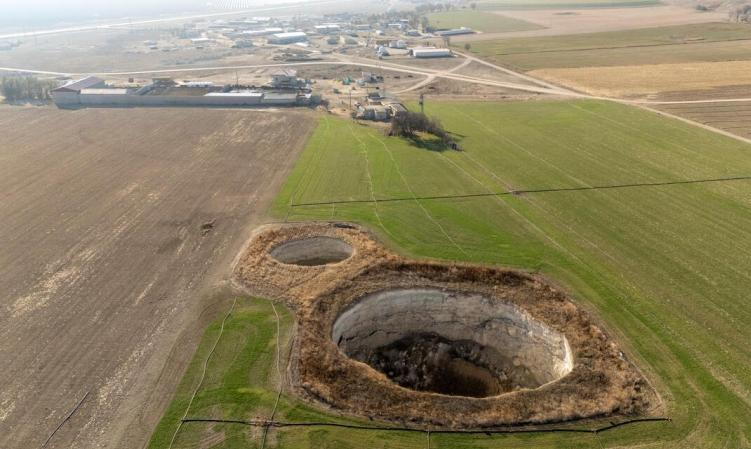
The U.S. space agency says two astronauts stranded at the International Space Station in June aboard a malfunctioning Boeing spacecraft will return to Earth in early 2025 on a SpaceX vehicle.
According to Reuters, the US National Aeronautics and Space Administration (NASA) announced the major decision at a press conference on Saturday (August 24), saying that Boeing's Starliner spacecraft will return without humans in early September this year.
So far, astronauts Sunita Williams and Barry Wilmore, who arrived at the International Space Station aboard Starliner, have been stranded in space for two months. "The decision to keep Wilmer and Williams aboard the International Space Station and return the Boeing Starliner empty was made out of a commitment to safety," NASA Administrator Nelson said at a news conference.
Nelson also stressed that he is 100 percent certain that Starliners will be launched again with people on board.
According to NASA's decision, the two astronauts will return in February 2025 aboard the Dragon spacecraft of Boeing's rival SpaceX. The spacecraft will launch in September as part of a routine rotation of astronauts. Two of the shuttle's four astronaut seats will be reserved for Williams and Wilmer.
NASA's plan is another blow to Boeing.
Boeing has been working for years to develop the Starliner, a gumdrop-shaped capsule designed to compete with SpaceX's Dragon as the nation's second option for sending astronauts into and out of Earth orbit. However, Starliner's 2019 test to launch an unmanned spacecraft to the International Space Station failed, and a 2022 retry, while largely successful, also ran into thruster problems.
Like SpaceX, Boeing has contracts with NASA to regularly fly crews to the space station until its planned retirement in 2030. Boeing ended up launching its first crew on a Starliner about seven years late, and SpaceX continues to routinely launch NASA astronauts on its Dragon spacecraft. Now Boeing's competitors will also bring astronauts back to Earth that were supposed to be transported by Starliners.
On June 6, Williams and Wilmore arrived at the International Space Station aboard the CST-100 Starliner test flight, originally scheduled to stay for about a week, but suffered a malfunction and have been stranded ever since. By February, the two will have extended their time in space to eight months.
Since the Starliner docked with the International Space Station in June, Boeing has been trying to investigate the cause of the thruster failure and helium leak. Boeing arranged tests and simulations on the ground to collect the data, which it tried to use to convince NASA officials that the Starliner could safely fly the crew home.
However, the test results revealed more thorniest engineering issues and ultimately failed to dispel NASA's concerns about the Starliner's ability to carry people back to flight, which was the toughest and most complex part of the test.

Due to the continuous decrease in rainfall and the rapid drop in groundwater levels, several large sinkholes have successively appeared in several agricultural areas in central Turkey in recent years, causing great concern among local farmers and environmental experts.
Due to the continuous decrease in rainfall and the rapid dr…
The Prime Minister's Office of Israel said Hamas attacked I…
Fourteen countries including the United Kingdom, France and…
The US Department of Justice said on Wednesday (December 24…
The Japanese government has submitted a draft, planning to …
On December 25th local time, NVIDIA announced a technology …